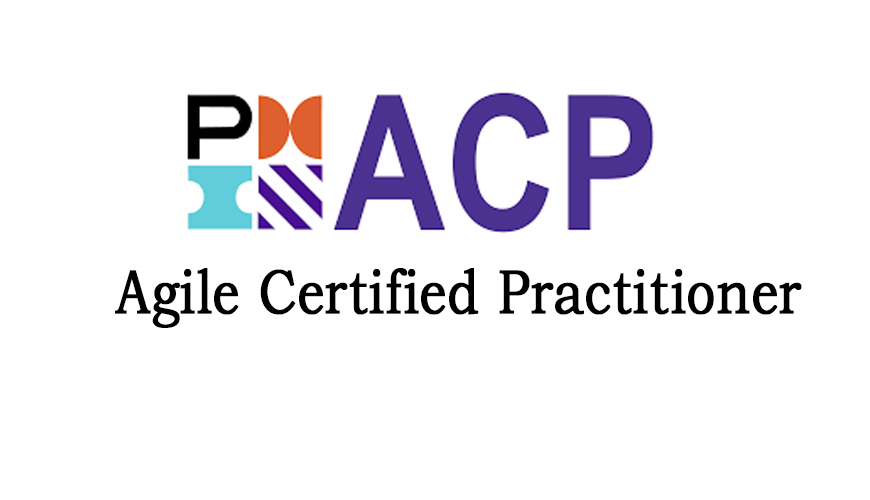Synthesising is the summarising concept, as it uses various sources to develop a single theme. The student is only recapping the content they read in the information. Throughout the process of synthesising, the student builds contradictory notions and knowledge. Synthesising at the primary level involves seeking similarities and differences between different sources.
Synthesising sources integrate combining the other scholar’s work to offer new insight. It is the way to incorporate sources that aid in situating the work concerning the current research. Students need to amalgamate the data from those numerous sources and findings of the study. This demonstrates that each paragraph will incorporate various citations and references, including one’s voice and ideas.
Synthesising sources incorporates more than just summarizing. Thus, students should focus on how each source brings to current debates, emphasising points of argument and setting the bases for discussion together (Mateos et al., 2018). Synthesising information from diverse sources is an essential skill in academic writing. It includes exploring reliable sources, contrasting and comparing their findings, and incorporating them into logical arguments. Thus, it may be challenging to balance the depth and breadth of sentences when synthesising data from various sources.
Synthesising information refers to learning from one topic with several sources. It is usually needed in academic writing. Afterwards, they should compile the data into logical discussion. It facilitates their thesis statement. If students need further clarification, they may explore Help with Dissertation for more information.
There are two categories of syntheses, which include argumentative and explanatory syntheses. Explanatory syntheses pursue to contribute sources to each other to clarify the reasoning and perspective behind it. Argumentative synthesis searches for contributing sources from each other to build an argument. Academic research and writing involves seeking associations between drawing conclusions and sources.
To effectively synthesise the sources, a student might start by grouping their heads by topic and seeking connections. For instance, if you were researching the pros and cons of implementing a healthy diet in children. They need to divide their sources to explore which ones agree together and which ones disagree (Paul and Criado, 2020). The synthesis process should state a critical analysis of the work the student gathered. Each piece picked must be critically weighed and assessed for thoroughness, appropriateness, and adequacy.
You can start the synthesis process by generating an outline, table, and grid where students should summarise. The synthesis method starts with digging into the literature and extracting the relevant idea of research first. In addition, the summary outline or grid will support students to contrast and compare the themes. Whichever approach they select, this will enable the student to understand the content they structure and find the writing of their review. A research paper refers to the standard example of synthesis in academic writing. For example, suppose a Student is asked to write an essay in a course in sociology. In that case, they may have read a range of selections to deal with diverse cultures, and the work asks them to synthesise data from these sources, along with content from five other sources, to facilitate a unique thesis.
In all academic work, students use secondary studies from literary sources and peer-reviewed. These might incorporate academic journals (hard copy and online), reports, conference notes, books, unpublished and published theses, educational webpages, government data, and research findings (Li and Wang, 2018). Integrating sources demonstrates integrating other words or ideas of scholar into their work. Thus, it can be performed by summarising, paraphrasing, and quoting.
By adequately incorporating sources, the student can ensure a consistent voice in their academic writing and make sure their text remains coherent and readable. Student can utilise signal phrases to provide credit to external sources and smoothly form material into their academic work. When students quote, they integrate the particular words of another scholar in their research work, in quotation symbols, without changing them. Quoting may help provide exact definitions. Students may also quote content when they need to analyse the style or language of the author or when it is complicated to convey the author’s meaning in different words (Carvin, 2022). Quoted texts should be bounded in quotation marks; students may use quotes by making them in their own words, offering relevant background knowledge, or amplifying why the section is applicable.
Summarising and paraphrasing academic text demonstrates setting another scholar’s ideas into their wordings while recollecting the original sense. It is a valuable method when students must demonstrate their understanding of the source. Paraphrasing also enables them to incorporate sources smoothly, sustaining a consistent voice during their work and maintaining consideration of the content that applies to their argument.
When paraphrasing, it is essential to be attentive to evade any accidental plagiarism. Students must ensure their paraphrasing is suitably diverse with the original content and appropriately cited. They should set the content into their own words, significantly changing the wording or structure of the original content. This is appropriate for every source category. They can also paraphrase the content by utilising paraphrasing tactics. Any student who wants to explore more information may access Online Dissertation Proposal Help UK for more clarification.
When they review the sources, they provide an overview regarding their central conclusion or arguments. Summaries must be shorter as compared with the original content. They must be written in their wording and not quoted by the source. When summarising, students do not need to analyse the actual content; they only require to explain it.
Therefore, all academic students must incorporate what they claim and how they know connects with earlier knowledge or information. At this point, students should use data and perspectives from others to provide or support evidence for that position. However, this is an ability that they will use as a composition learner.
References
Li, S., & Wang, H. (2018). Traditional literature review and research synthesis. The Palgrave handbook of applied linguistics research methodology, 123-144.
Carvin. J. (2022). What is Academic Writing and What are Their Types? Available at:https://www.ukassignmenthelp.uk/academic-writing-and-their-types
Mateos, M., Martín, E., Cuevas, I., Villalón, R., Martínez, I., & González-Lamas, J. (2018). Improving written argumentative synthesis by teaching the integration of conflicting information from multiple sources. Cognition and Instruction, 36(2), 119-138.
Paul, J., & Criado, A. R. (2020). The art of writing literature review: What do we know and what do we need to know?. International business review, 29(4), 101717.




